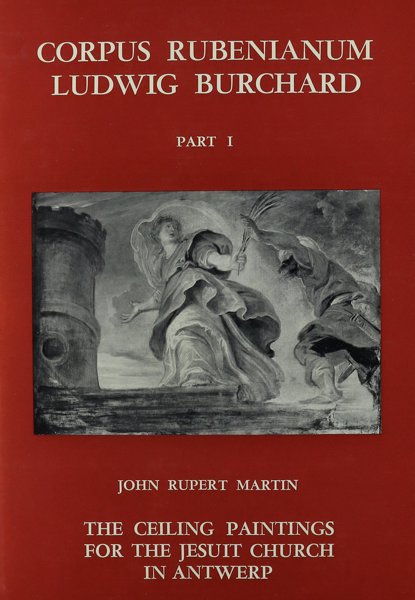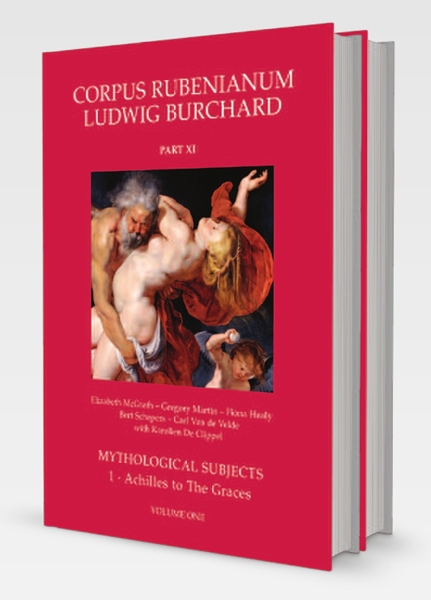
Mythological Subjects
Paris to Venus
Elizabeth McGrath, Gerlinde Gruber, Gregory Martin, Koenraad Jonckheere, Bert Schepers, Nils Büttner
- Pages:2 vols, 976 p.
- Size:175 x 260 mm
- Illustrations:224 b/w, 91 col.
- Language(s):English
- Publication Year:2025
- € 295,00 EXCL. VAT RETAIL PRICE
- ISBN: 978-1-915487-63-6
- Hardback
- Available
Elizabeth McGrath, Gerlinde Gruber, Gregory Martin, Koenraad Jonckheere, Bert Schepers and Nils Büttner
One remarkable feature of European culture as it developed in the Renaissance was the accommodation it made with ancient paganism. The classical gods and their legends were allegorised, transformed into symbolic figures or emblematic scenes that might accord with Christian morality. At the same time there emerged a new, secular, genre of art devoted to the depiction of the most popular myths, above all the love stories recounted by the ancient poets. These stories were not only attractive in themselves; they offered the opportunity to depict nude figures in narrative action, which the example of antiquity held forth as the highest goal for painting.
Rubens was one of the greatest creators of classical allegory; he was also a supreme interpreter of the classical stories. No painter was so at home in the literature of the Greeks and Romans. When he painted for pleasure, which, increasingly in the course of his life, he felt able to do, he used pagan myth to express and celebrate themes of love, beauty and the creative forces of nature, often in wonderfully idiosyncratic ways. Still, as a Christian committed to the ideals of the Catholic Reformation, Rubens respected the restrictions generally placed on the depiction of pagan tales. Most of his mythological paintings were made for private settings, for display within houses (including his own) or in the galleries of princes, noblemen and prelates. It is a happy accident of history that so many of these splendid paintings are now widely visible in the great museums of the world.
Volume One
Preface
Catalogue Raisonné
- Paris and his Judgement of the Goddesses: Nos 101-106
- Phaeton’s Temerity and the Consequences: Nos 107-108
- Philemon and Baucis: No.109
- Procris and Cephalus: No. 110
- Prometheus: No. 111
- Proserpina’s Abduction by Pluto: No. 112
- The Story of Psyche: Nos 113-114
- Satyr Subjects: Nos 115-120
- Silenus, with Bacchic and Rustic Companions: Nos 121-129
- Venus: Her Loves and her Worship: Nos 130-139
- Vertumnus and Pomona: No. 140
- Rejected Attributions: Nos R1-5
Volume Two
List of Figures
Figures
Bibliography
Indexes
I: Collections
II: Subjects
III: Other Works by Rubens Mentioned in the Text
IV: Names and Places
Sources of Photographs




